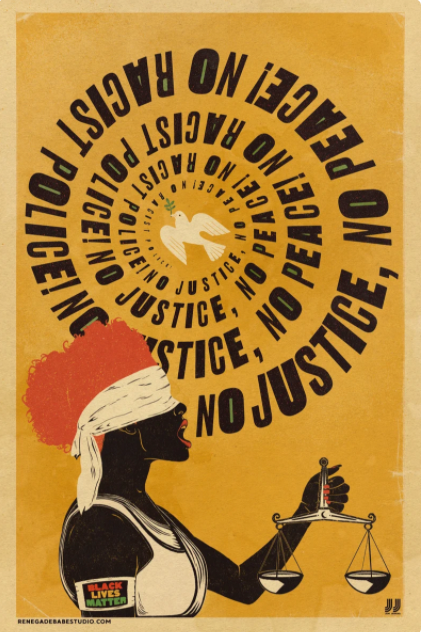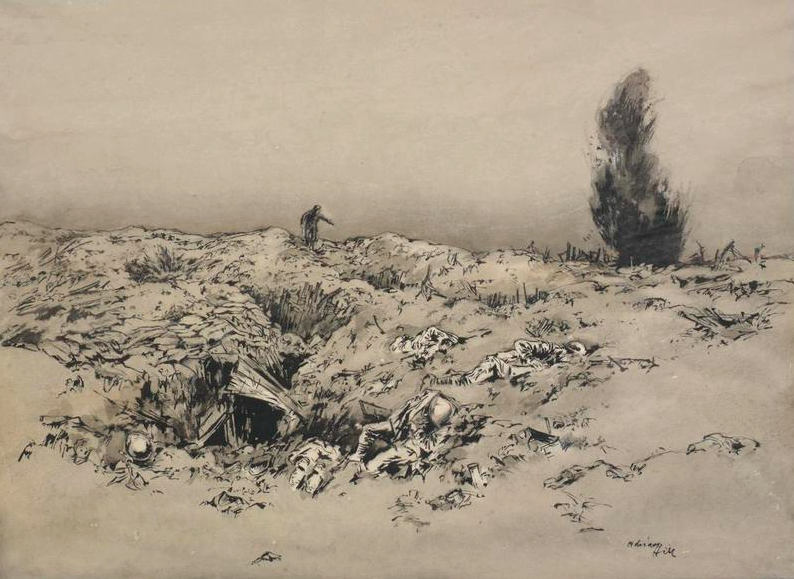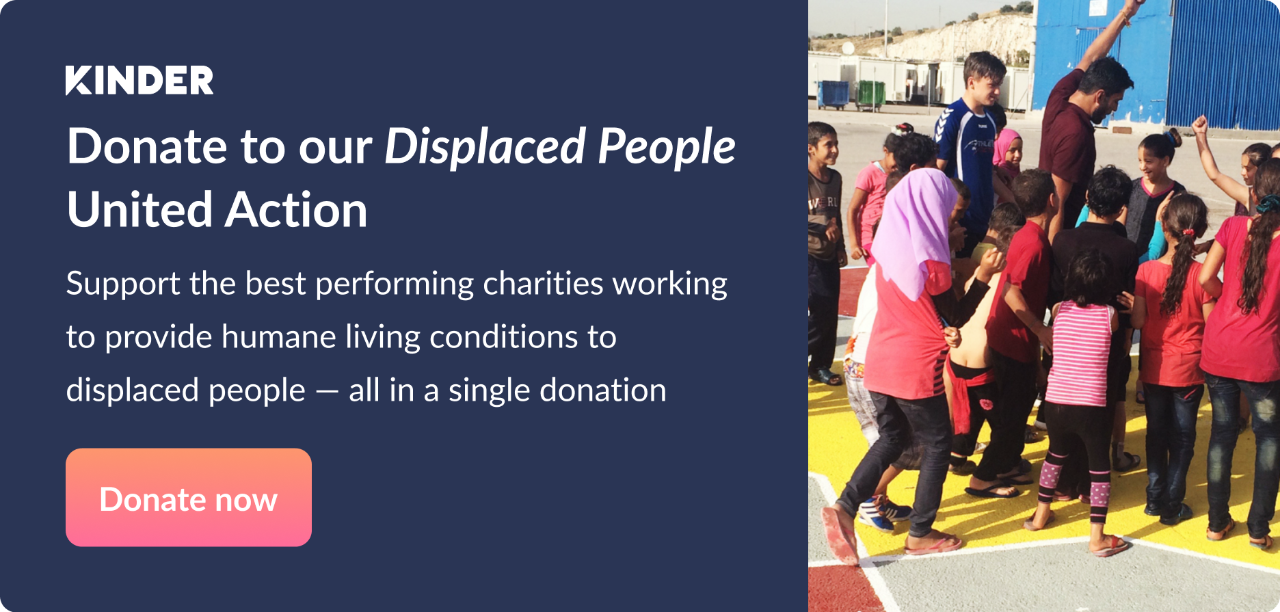As an art-lover, I find most art therapeutic. You may feel the same. Art is a language in its own right: allowing you to express countless words and emotions where words fail. It's expressive, thought provoking, and beautiful. Done well, it can capture or stir powerful thoughts or feelings — which is why it’s the perfect vessel to communicate difficult topics.

Take this Original artwork by Jeni Jenkins as an example. To me it’s a powerful symbol of the Black Lives Matter movement — letting us know that we can't be blind to racism, and that all lives should be equal. Of course, this is just my own interpretation. Nonetheless it’s likely that people bought this piece for the emotions it evoked, and the message it represents.
Art can speak, when words fail
Art can help many without a voice to express how they are feeling – from the abused child who expresses pain through drawing, to the soldier suffering from PTSD who wants to write their experiences down, in the hope of coming to terms with the trauma. The term 'art therapy' was coined by Adrian Keith Graham Hill, an art therapist who served with the Honourable Artillery Company during World War I, and was the first artist commissioned by the Imperial War Museum to record the conflict on the Western Front.

Art and creative therapies can be done in many different ways. After all, not all of us enjoy picking up a brush or a pencil. Dance movement therapy for example, is more about being in touch with your body and feelings, and less about actual dance skills. The individual expresses themselves using movement rather than words.
Dance is a beautiful form of art. It can be expressed in many different forms, styles, moods and cultures – all which express emotions where words fail. Under the guise of entertainment, a dancer can tell a story or a spread a message in a subtle and captivating way.
Consider this YouTube video of a contemporary dance group. In the group of 10 women, dressed in black, one woman remains in focus. Despite the back flips, spinning, and throwing of the lead in the air — her face showed an expression of deep sadness. Watching the dance, I could not help but feel drawn in by the story of the lead dancer. As she was tossed up and down, and threw herself to the ground, she told a story.
It was not until later I saw the dance title — anxiety — that I realised how well they captured the emotion. The audience followed her every move. They felt what she felt — the chaos that comes with feelings of anxiety. It was executed beautifully well, because it spoke to our lived experience.
The many forms of art
We’ve looked at painting, and dancing — how could I not include writing? When we think of the written word as therapy, we need only look to one of our most famous playwrights, Shakespeare.
Since the mid-nineteenth century he has been one of the most famous names in literature . And for good reason — his plays cover dark topics.
My personal favourite, Twelfth night, tells the story of unrequited love, something most of us will have experienced in our lives. It’s a way of processing these emotions — so they are seen and felt in a safe space.
Works of stone, clay, sand, wood and other raw materials come in different colours, shapes, and sizes — much like the human race. Like simple, beautifully-crafted works of art, humans yearn to be seen and heard, understood and felt. If you'd like to use your creativity to heal, there are plenty of great places to start.
In a year where we’ve faced some of our biggest challenges yet, charities across the world are using this knowledge to help vulnerable people process traumas that may feel too big to put into words. Some are helping refugees process war and violence, while others are helping children to process trauma.
Donate to several of these charities at once by clicking on the banner below.





